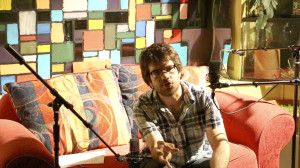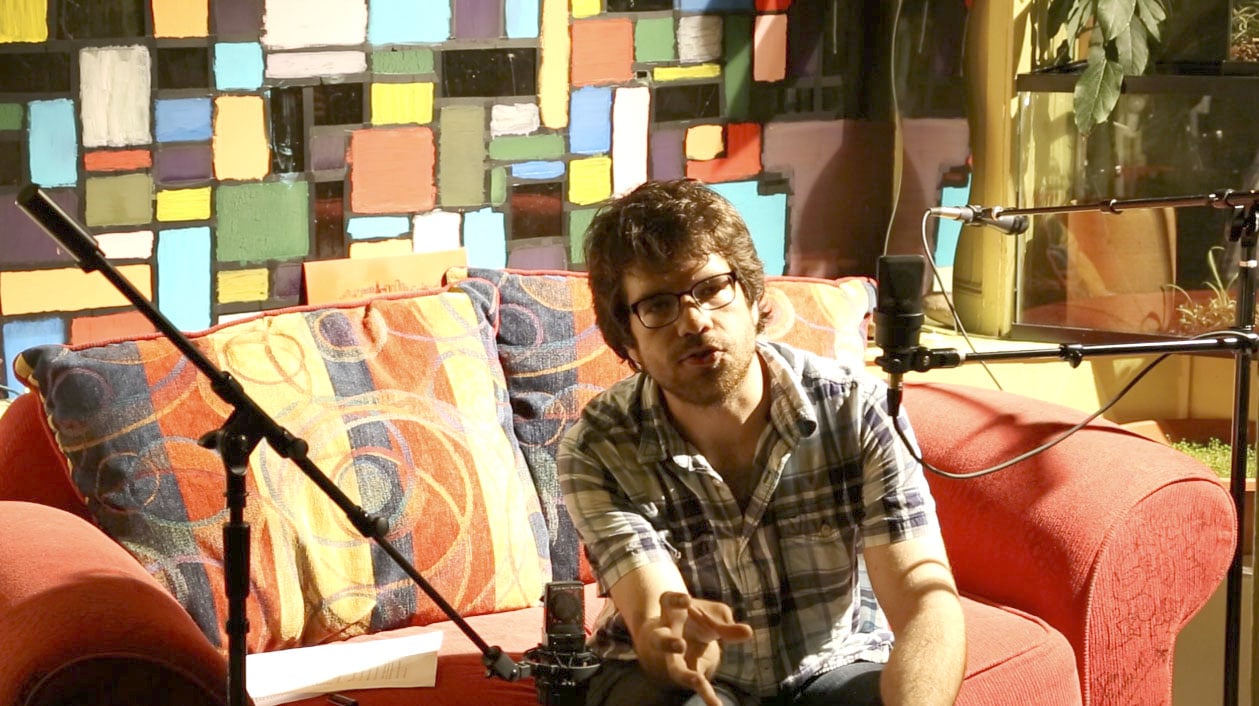The Stanford Red Couch Project (RCP), an independent production collective that films and showcases the work of independent artists on campus, is not an official student group. And it does not want to be.
“We’re giving people who are not affiliated with an art or music department an opportunity to create something that really feels professional for them, and that they can keep with them going forward to add to their portfolios or for promotional materials for an event that they’re holding,” said RCP director Danny Smith ’13.

In producing their videos, the RCP often gets artists to record three or four songs at once and tell the story behind each. They try to release individual videos on YouTube about twice a week.
According to Smith, who first became involved with RCP as a performer, the project seeks to change the perception of Stanford by recognizing a vibrant arts scene. He said he hoped that filming the performances and releasing them to the public would increase awareness of art at Stanford.
RCP first began that mission three years ago, having been founded by Emma Sedivy ’12, Stephen Henderson ’12 M.A. ’12 and Jeffrey Gerson ’12 M.A. ’13. Since then, they have worked with over 70 performers.
Tailored to students not affiliated with departments and who want to showcase their original work or collaborate with other independent artists on campus, RCP gives students the opportunity to perform on their own schedule while allowing artists greater creative flexibility.
Although Smith said that he wants the group to remain independent, he noted he would like to cooperate with the University to publicize videos and to gain access to better production equipment. To that end, RCP recently partnered with the Stanford Arts Institute.
“Stanford can be advertising these videos as part of their marketing scheme,” Smith said, “and say[ing], look, we’re not just a tech-startup incubator with a football team, there are a lot of talented artists.”
Currently, RCP relies on favors to get its equipment, borrowing from the Center for Computer Research in Music and Acoustics (CCRMA), Kimball Hall (the Arts-themed dorm), Cummings Arts Building and its friends. The project’s new partnership with the Stanford Arts Institute may, however, help change that.
“What it means is that it will provide an opportunity for students who are interested in digital and audio production to work with some really nice equipment, and learn the ins and outs of cinematography and social media marketing,” Smith said.
Students making videos learn how to work on the entire production process, including capturing art on film and editing video and audio. Other involved students learn how to use social media, such as RCP’s Facebook and Twitter, to maximize engagement and extend the public reach of the art.
Beyond acquiring those skills, the nature of the project gives all artists a lasting product.
“[Artists] have something to use forever as part of their portfolio when applying for jobs,” Smith said.
Michael Vang ’13, an occasional RCP performer, said that RCP gave him exposure but also, “more importantly… made me think of my art and music in a more professional in-depth way.”
“Everyone has different reasons for being an artist,” Smith said, noting that– for him– the best part of the RCP experience has been finding out those reasons.
